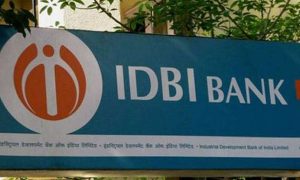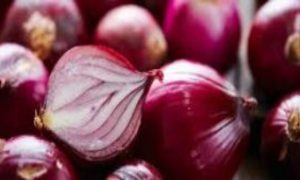Last week, the Cabinet decided to provide foodgrain under NFSA to states free for one year, starting Sunday.
The Centre is likely to save at least Rs 10,000 crore in the seventh and final phase (Oct-Dec 2022) of the Pradhan Mantri Garib Kalyan Anna Yojana (PMGKAY) and upwards of Rs 25,000 crore for the whole of the current financial year. This is against a total outlay of Rs 1.3 trillion for the April-December 2022 period.
According to sources, states have not lifted a quarter of 12 million tonne (MT) allocated under the free ration scheme for its seventh phase. With this, the total savings against allocation of Rs 3.91 trillion since the scheme’s inception in April 2020 will be above Rs 40,000 crore, they added.
Read More: India’s agricultural products exports in 2022-23 up 16 %
The food ministry had informed states that lifting of foodgrain under the scheme would be allowed only till December 31, 2022. Last week, the Cabinet decided against extending the scheme.
Lower lifting of stocks by the states would boost grain stocks, especially wheat, with the Food Corporation of India (FCI) and will help the corporation carry out open market sale (OMS) to bulk buyers this month. The OMS scheme helps the corporation recover part of the expenses incurred for procurement and storage, and will correspondingly reduce the government’s expenditure on food subsidy.
According to estimates, against an allocation of 2.11 MT of wheat to be distributed under PMGKAY during Oct-December 2022, states have lifted 1.87 MT. In the case of rice, states have taken possession of 7 MT against an allocation of 9.89 MT.
Sources said PMGKAY is likely to cost the exchequer about Rs 3.5 trillion since its April 2020 launch in the midst of the first Covid-19 wave. The scheme has run continuously with several extensions, except between December 2020 and April 2021. The latest extension was for three months till December 31, 2022.
Read More: Kisan Vikas Patra Interest Rate 2023: What will be the KVP account interest rate in New Year?
FCI’s wheat stock fell to 17 MT on Sunday, a six-year low. This is against the buffer of 13.8 MT. However, the current stock of 12.4 MT of rice along with 32.5 MT to be received from millers is far more than the requirement of 7.6 MT at the beginning of the next year.
While stating that there are sufficient food grain stocks in the central pool to meet the requirement under the National Food Security Act (NFSA) and free ration scheme and other welfare programmes, the food ministry last month had said that about 15.9 MT of wheat will be available as on January 1, 2023, which is well above the buffer.
Under the PMGKAY, 813 million NFSA beneficiaries have been getting an additional 5 kg of foodgrain free of cost every month, while 104 MT of foodgrain was allocated to states for distribution in the 28 months of implementation of the scheme.
The government’s food subsidy expenses in the current fiscal are likely to cross Rs 2.76 trillion, up 34% from the outlay at the beginning of the year. The annual cost to the exchequer for providing free grain under NFSA is estimated at Rs 2 trillion for 2023-24, including the additional cost of around Rs 20,000 crore for making NFSA grain supply in 2023 totally free of cost to beneficiaries.
Last week, the Cabinet decided to provide foodgrain under NFSA to states free for one year, starting Sunday.
The estimated economic cost of foodgrain procurement by the FCI, which includes expenses such as minimum support price payment to farmers, procurement, acquisition and distribution costs for rice and wheat, are Rs 36.7/kg and Rs 25.8/kg respectively, in 2022-23.



































